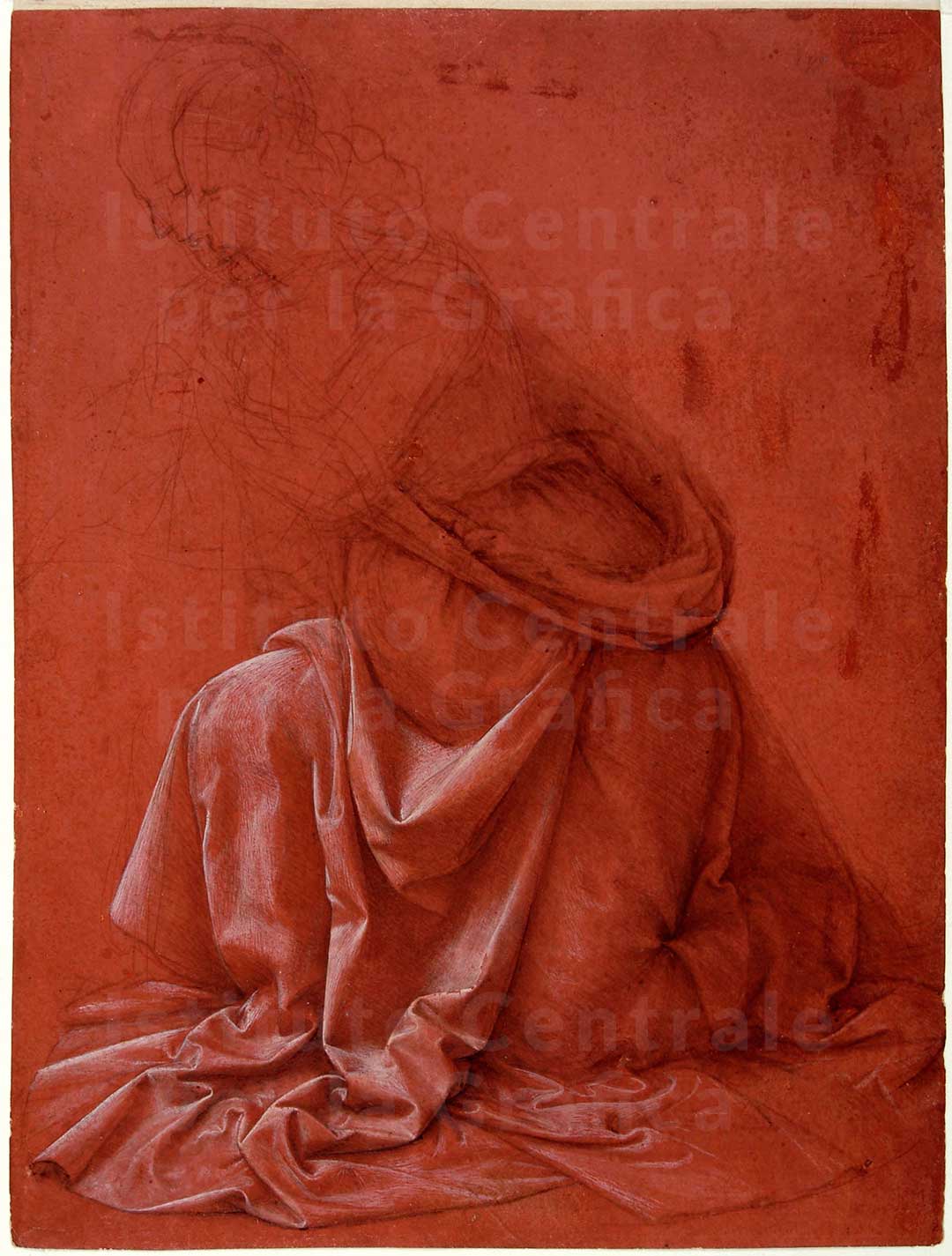Istituto Centrale per la Grafica - Sito Trasferito
Il sito attuale è stato trasferito dal Ministero della Cultura all'indirizzo https://istitutocentraleperlagrafica.cultura.gov.it/.
Questa pagina sarà disponibile solo fino a completa disattivazione del sito da parte del Ministero stesso.

